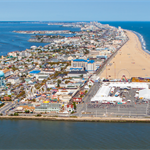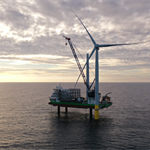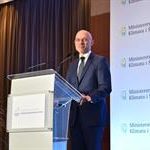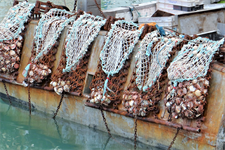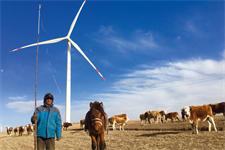Offshore wind deal boost for Ørsted as profits soar amid higher energy prices
Energy Disrupter
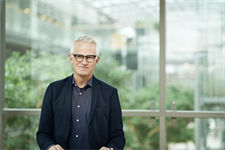
Danish energy giant Ørsted’s profits soared in the first three months of the year, driven by higher power prices and stake sales in offshore wind farms.
The company reported operating profits (Ebitda) of DKK 9.4 billion (€1.2 billion), up 94% from one year earlier, and net profit of DKK 5.7 billion, up 257%.
It explained that its operating profit result was helped by a one-off gain of DKK 1.6 billion as it completed the sale of a 50% stake in the German offshore wind farm, the 913MW Borkum Riffgrund 3 Borkum Riffgrund 3 (913MW) Offshorenorth-west of Borkum, Germany, Europe Click to see full details project.
Meanwhile, revenue increased 78% to DKK 33.8 billion in the first quarter of 2022, primarily due to significantly higher gas and power prices in all markets, Ørsted explained.
The Danish developer was also boosted by the ramping up of new generation of wind and solar assets and good availability rates. These impacts were enough to partially offset ineffective hedging of offshore wind caused by the later-than-expected commissioning of its 1320MW Hornsea Project Two Hornsea Project Two (1320MW) Offshoreoff Yorkshire, UK, Europe Click to see full details wind farm. However, earnings from wind and solar in operation still decreased by DKK 500 million to DKK 4.8 billion in the first quarter.
In contrast, Ørsted recorded Ebitda of DKK 1.8 billion from CHP (combined heat and power) plants and gas business, up by DKK 1.1 billion due to higher realised power prices.
CEO Mads Nipper explained: “The continued very high power prices had a significant opposite impact on our financial performance in our offshore [wind] and bioenergy businesses.
“In offshore, we had a negative impact due to later than expected commissioning of turbines at Hornsea 2, which led us to being overhedged.
“In contrast, we fully benefited from the high power prices on our power generation at our CHP plants.
“At group level, these effects to a large degree offset each other during the quarter.”
Ørsted reiterated its full-year Ebitda guidance of DKK 19-21 billion, excluding earnings from new partnerships. One such new partnership is the sale of 50% of Hornsea 2, which it expects to complete in the second half of the year.
The Danish energy company also maintained its expectation of investing DKK 38-42 billion in 2022.
Trouble with roubles
CEO Nipper also told reporters that Ørsted has no intention of meeting Russian President Vladimir Putin’s demand to pay for imported gas in roubles.
Ørsted – a utility supplier to Danish homes as well as developer of renewable energy projects – was one of many utilities across Europe that received a demand on 1 April to pay for gas delivered by Russian giant Gazprom in roubles.
“We do – both as a company and me personally – remain deeply concerned about the Russian aggression against Ukraine. We do not want to cooperate with Russian companies,” he said.
“We are in dialogue with the authorities about the matter. And Gazprom has asked us to respond to the requirement by the end of May.
“We clearly do not want to accommodate the demands of Russia and Putin and Gazprom to pay [in roubles].
“There’s a lot of technicality in that but where we stand right now, is that we are not paying in roubles and that we have no intention of opening a rouble account. We obviously will follow that very closely.”
Nipper declined to comment on whether Ørsted might open a euro account with Gazprom.
Ørsted has a long-term gas purchase contract with Gazprom that expires in 2030. It cannot currently terminate the contract, Ørsted explained. The Danish firm plans to donate any profit from the contract in 2022 to humanitarian aid in Ukraine, it added.
Putin has demanded that utility suppliers pay for Russian gas in roubles to help stabilise his country’s currency, which has taken a hit following economic sanctions from the west.



